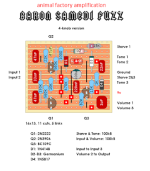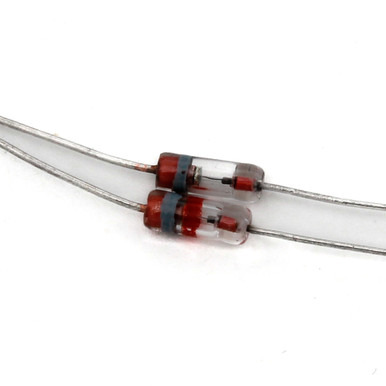There are a couple fuzz circuits I want to try that call for germanium diodes - either 1N34A or 1N60.
So... are there really that many fakes out there? Reading some reviews, it seems like there are lots that claim to be germanium that aren't - I'm not sure how sellers can get away with that on a large platform like Amazon... Maybe I'm being naive!
They seem a little hard to find, but I'm still kinda figuring out sourcing for different parts.
I'd love to try em, but it may be tricky or expensive. Any "close enough" subs?
It sounded like BAT41 might sound close, and some people mention adding a resistor (though I don't know what value, or if series/parallel).
Should I even bother with the added resistor?
So... are there really that many fakes out there? Reading some reviews, it seems like there are lots that claim to be germanium that aren't - I'm not sure how sellers can get away with that on a large platform like Amazon... Maybe I'm being naive!
They seem a little hard to find, but I'm still kinda figuring out sourcing for different parts.
I'd love to try em, but it may be tricky or expensive. Any "close enough" subs?
It sounded like BAT41 might sound close, and some people mention adding a resistor (though I don't know what value, or if series/parallel).
Should I even bother with the added resistor?






